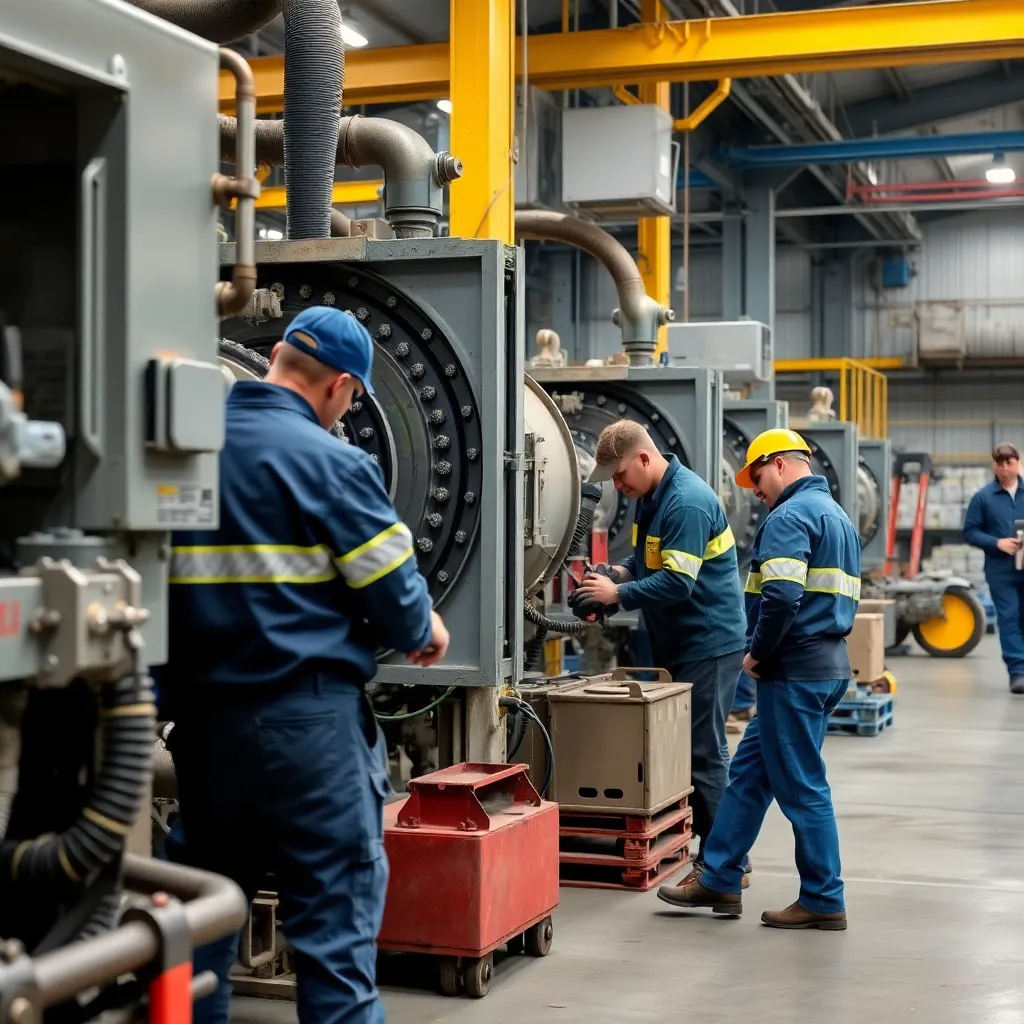Revenue per Employee (RPE)
RPE is a financial metric that measures the average revenue generated by each employee within a company, calculated by dividing the total revenue by the number of employees. It is an indicator of organizational efficiency and productivity. In maintenance, strategies that improve equipment reliability and operational efficiency can contribute to higher RPE by enabling more productive use of labor and resources.

Key Takeaways:
- RPE measures the average revenue generated per employee in the maintenance industry.
- Predictive maintenance and condition monitoring are vital strategies that can enhance RPE.
- A high RPE signifies effective resource allocation and operational efficiency.
- Understanding industry context is crucial for accurately interpreting RPE figures.
Revenue per Employee (RPE) is a critical metric in the maintenance industry that measures the average revenue generated by each employee within an organization. It serves as an essential indicator of a company’s operational efficiency and productivity. By understanding and improving RPE, organizations can identify areas for enhancement, streamline processes, and ultimately increase profitability. In the maintenance sector, where labor and operational costs can significantly impact the bottom line, a high RPE signifies effective workforce management and resource allocation.
In the context of maintenance operations, RPE is closely linked to various methodologies, including predictive maintenance, condition monitoring, and preventative maintenance. Predictive maintenance, for example, utilizes data analytics and real-time monitoring to forecast equipment failures before they occur. This proactive approach not only minimizes downtime but also maximizes the productivity of maintenance staff, thereby positively influencing RPE. Similarly, condition monitoring ensures that equipment is always in optimal condition, reducing the likelihood of unexpected breakdowns and boosting overall revenue per employee.
A common misconception about RPE is that a higher number always indicates better performance; however, it’s essential to consider industry standards and the specific context of an organization. For instance, a maintenance company may have a lower RPE yet still operate efficiently if it has a lower overhead or if it specializes in high-value contracts. Best practices for improving RPE in the maintenance industry include investing in employee training, adopting advanced maintenance technologies, and implementing comprehensive maintenance strategies that encompass predictive and preventative approaches.





